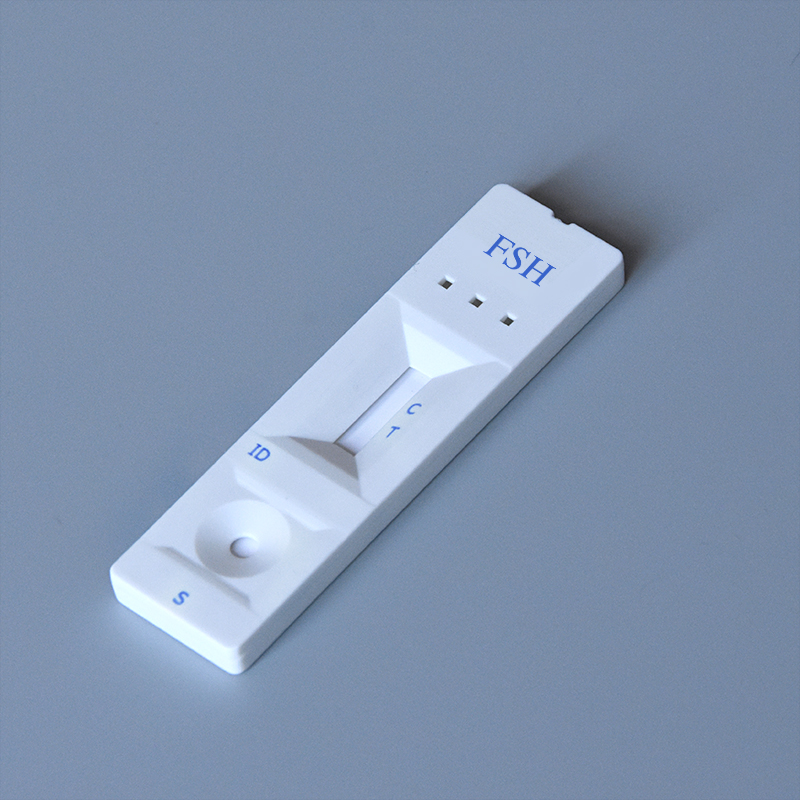Dec . 17, 2024 21:23 Back to list
Top HIV Diagnostic Tests for Accurate Detection and Early Diagnosis
Understanding the Best HIV Diagnostic Tests
HIV (Human Immunodeficiency Virus) remains a significant global health issue, and timely diagnosis is crucial for effective management and treatment. The landscape of HIV diagnostics has evolved considerably over the years, with numerous tests available. This article explores the best HIV diagnostic tests, their types, advantages, and the recommended practices for testing.
Types of HIV Diagnostic Tests
1. Antibody Tests These tests primarily detect antibodies produced by the immune system in response to HIV infection. They are the most common screening tests and can be performed using blood samples or oral fluid. There are two main types - Rapid Antibody Tests These tests can provide results within minutes, making them suitable for use in various settings, including clinics and community health programs. - Laboratory-based Antibody Tests These tests, which are often more sensitive, require samples to be sent to a lab, with results typically available within a few days.
2. Antigen/Antibody Tests These tests can detect both HIV antibodies and the p24 antigen, a protein that is part of the virus itself. Antigen/antibody tests can identify HIV infection earlier than antibody-only tests, usually within 18 to 45 days after exposure. They are often performed in laboratories and are recommended for initial screening followed by confirmatory tests.
3. Nucleic Acid Tests (NAT) This test detects the virus’s genetic material (RNA) and is the most sensitive test available. NATs are used in specific situations, such as when an individual has had a recent high-risk exposure or when early diagnosis is required. However, NATs are more expensive and generally not used for routine screening.
Selecting the Best Test
best hiv diagnostic test

The choice of the best HIV diagnostic test often depends on various factors, including the population being tested, the window period (time between exposure and detection), and the available resources. The following considerations can help determine the most appropriate test
- Timing of the Test For individuals who have had a recent potential exposure to HIV, an antigen/antibody test or NAT may be more effective due to their earlier detection capabilities. - Setting of Testing In low-resource settings, rapid antibody tests provide immediate results, promoting convenience and accessibility. Conversely, laboratory-based tests are more suitable in clinical settings with resources to handle sample processing. - Follow-Up Testing Positive results from preliminary tests should always be followed by confirmatory tests to ensure accurate diagnosis.
Advantages of Early Diagnosis
Early diagnosis of HIV is critical for several reasons
1. Treatment Initiation Early detection allows for timely initiation of antiretroviral therapy (ART), which can significantly improve quality of life and reduce the risk of transmission to others. 2. Preventing Progression Identifying HIV at an early stage can prevent the progression to AIDS, the most severe stage of HIV infection, and associated complications. 3. Public Health Impact Widespread testing contributes to a better understanding of the epidemic, informing public health strategies, and reducing transmission rates within communities.
Conclusion
HIV diagnostic tests play a vital role in controlling the spread of the virus and ensuring those infected receive the necessary care and treatment. While there is no one-size-fits-all answer to which test is the best, understanding the different types of HIV tests available empowers individuals and healthcare providers to make informed decisions. As testing technology continues to advance, ongoing education and awareness about HIV testing are essential components of effective public health strategies. Engaging at-risk populations and promoting regular testing can help combat the HIV epidemic and pave the way for a healthier future.
-
Reliable Early Pregnancy Test Kit Supplier - Multi Plastic Cassette Options
NewsJul.30,2025
-
Transferrin Rapid Test Cassette – Reliable Tumor Marker Detection
NewsJul.29,2025
-
Accurate Follicle Stimulating Hormone Test Kit | Rapid Reliable Results
NewsJul.29,2025
-
High Accuracy LH Ovulation Test Kit - Digital Results & Wholesale Options
NewsJul.29,2025
-
HbsAg Blood Rapid Test Kit for Fast & Accurate Hepatitis B Detection
NewsJul.28,2025
-
Sterile Urine Cup for Safe & Easy Collection | High-Quality Specimen Cups
NewsJul.28,2025

